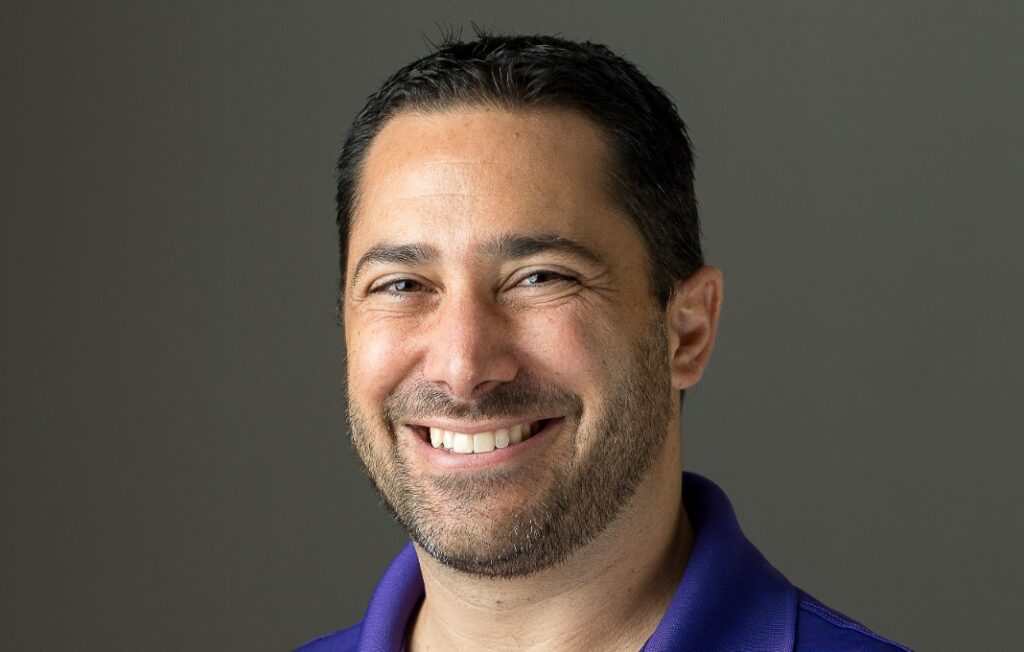
Goldman Sachs CEO David Solomon has made no secret of his disdain for remote work, saying recently that, despite the hype, it is “not the new normal” and that he expects to bring nearly all employees back to the physical office by the end of the year, as vaccination rollout expands.
He’s not alone with those plans. A survey of more than 350 CEOs and HR and finance leaders found 70% planning to have employees back in the office by the fall. Other corporate leaders have been vocal about the shortcomings of the virtual office. Amazon’s incoming chief Andy Jassy said it hurts innovation. “You just don’t riff the same way.” Barclays CEO Jes Staley added: “It’s remarkable it’s working as well as it is, but I don’t think it’s sustainable.”
At Synchrony, on the other hand, the leadership has learned that bricks and mortar are really not essential to either employee or customer satisfaction. Margaret Keane, who last week handed the CEO reins to Brian Doubles, called the reluctance to move to remote work “a failure of imagination on the part of leaders everywhere.”
Richard Hartnack, Synchrony’s founding chairman, agrees. The company announced several months ago that, going forward, it would be moving to a hybrid model that would allow employees to choose whether to work remotely. That decision was based, in part, on a survey of employees. “We felt it was important to get their perspective, so we did, and what we found was a lot of people—particularly frontline employees in direct contact with customers—a high percentage of those folks wanted to be able to have work-at-home as an option and to have access to the office from time to time,” says Hartnack. “But they wanted to have the ability to do that without concern about it being career threatening or in any way seen as a negative.”
The hybrid model will allow for virtual offices for employees who want to work from home permanently; “hoteling” offices, where employees can book a desk at a nearby office location when needed; and hybrid offices where employees can have an assigned seat at a nearby office where they will work at least three days a week. Even those with assigned seats will be expected to work from home one to two days a week “to role model our work-at-home mindset,” according to the company memo.
“We want happy, engaged employees,” says Hartnack. “If they want to work from home and we know how to do it, that’s a win-win for us.”
And it may be a competitive advantage in the war for talent. A survey by Robert Half found one in three employees currently working from home would look for a new job if required to return to the office. “Time will tell, but I would guess that this will give us the opportunity to achieve greater stability in our workforce, because if not everybody’s offering [remote work], we’ll have a bigger market share of people that want to work at home,” says Hartnack, adding that if those people don’t have as many opportunities, that could lead to lower turnover for Synchrony employees. “And that’s really helpful because experience equals quality service every time.”
Synchrony actually had a leg up when the world was forced to go remote last March because they had been purposefully experimenting with remote and hybrid models to determine whether it was a viable way forward. Since the board was tasked with overseeing and weighing in on that strategy, Hartnack took several directors down to Arizona, where the company was piloting remote work, to talk with them directly about how it was going. “That all made it simpler [last March] when we got the decision of ‘Oh my God, we’re going to have to have everybody working at home.’ We were able to say, Hey, that’s, you know, that’s not a huge stretch because we’ve already been doing it. We’ve got the roadmap on how to do it—let’s just execute.”
Physical risks, such as cybersecurity, had already been addressed. The remaining risk, Hartnack says, is really, “can we retain the cultural advantages of getting everybody together?”
The jury may still be out on that, but Hartnack says that, as long as the company is consistent with the “positive elements of our culture,” and bringing people back to it when they stray, “we are pretty confident—no, I would say very confident that the Synchrony culture can continue.”








